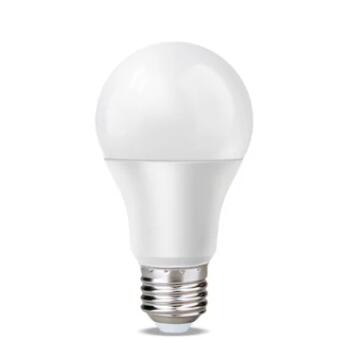Exploring the Potential Health Concerns of Blue Light Emitted by LED Bulbs
2024-05-25
In recent years, LED (Light Emitting Diode) bulbs have revolutionized the way we illuminate our homes, offices, and public spaces. They are energy-efficient, long-lasting, and offer a wide range of color temperatures. However, with the increasing popularity of LED lighting, concerns about the potential health effects of the blue light emitted by these bulbs have also surfaced. Let's delve deeper into this topic and explore the potential health concerns associated with blue light from LED bulbs.
What is Blue Light?
Blue light is a high-energy visible light with wavelengths ranging from 400 to 495 nanometers. It is a component of natural daylight and is also emitted by digital screens, including smartphones, computers, and televisions. LED bulbs, especially those with a cooler color temperature, emit a significant amount of blue light.
Potential Health Concerns:
Sleep Disruption: Blue light has been linked to disruption of the natural sleep-wake cycle. Our bodies rely on the circadian rhythm, which is regulated by light and darkness. Blue light can suppress the production of melatonin, a hormone that helps us fall asleep. Exposure to blue light from LED bulbs, especially in the evening, can delay the onset of melatonin production, making it harder to fall asleep and affecting sleep quality.
Eye Strain: Blue light has a higher energy level than other visible light wavelengths, which means it can penetrate deeper into the eye. This can lead to eye strain and fatigue, especially when using digital devices for extended periods. LED bulbs that emit a lot of blue light may contribute to this issue, especially if the lighting is too bright or the color temperature too cool.
Macular Degeneration: While the link between blue light and macular degeneration is still being studied, some research suggests that prolonged exposure to blue light may increase the risk of this eye disease. Macular degeneration is a condition that affects the macula, a small area in the center of the retina responsible for sharp vision.
Mitigating the Effects:
While the potential health concerns of blue light from LED bulbs are worth considering, there are steps you can take to mitigate the effects:
Adjust the Color Temperature: Choose LED bulbs with a warmer color temperature (around 2700K to 3000K) for spaces where you spend a lot of time in the evening. This will reduce the amount of blue light emitted.
Use Filters: Install blue light filters on your digital devices to reduce the amount of blue light they emit. Some LED bulbs also come with filters that can be installed over the bulb itself.
Limit Screen Time: Minimize your screen time in the evening and consider using night mode or dimming your screens to reduce blue light exposure.
Take Breaks: If you spend a lot of time in front of screens, take regular breaks to give your eyes a rest.
In conclusion, while there are some potential health concerns associated with blue light emitted by LED bulbs, it's important to remember that the risks are relatively small. By taking a few simple steps to mitigate the effects, you can enjoy the benefits of LED lighting while minimizing any potential health impacts.



